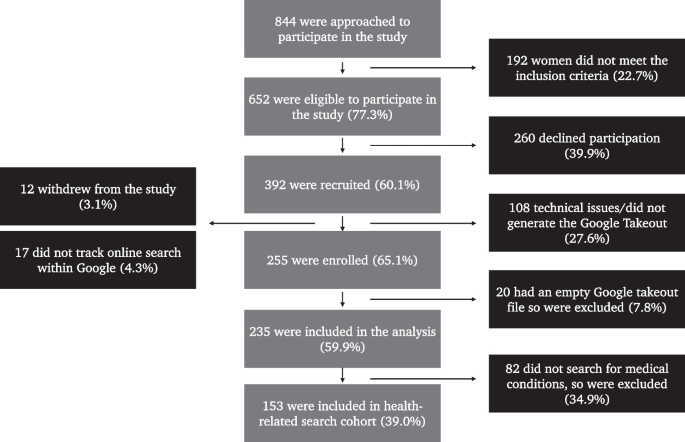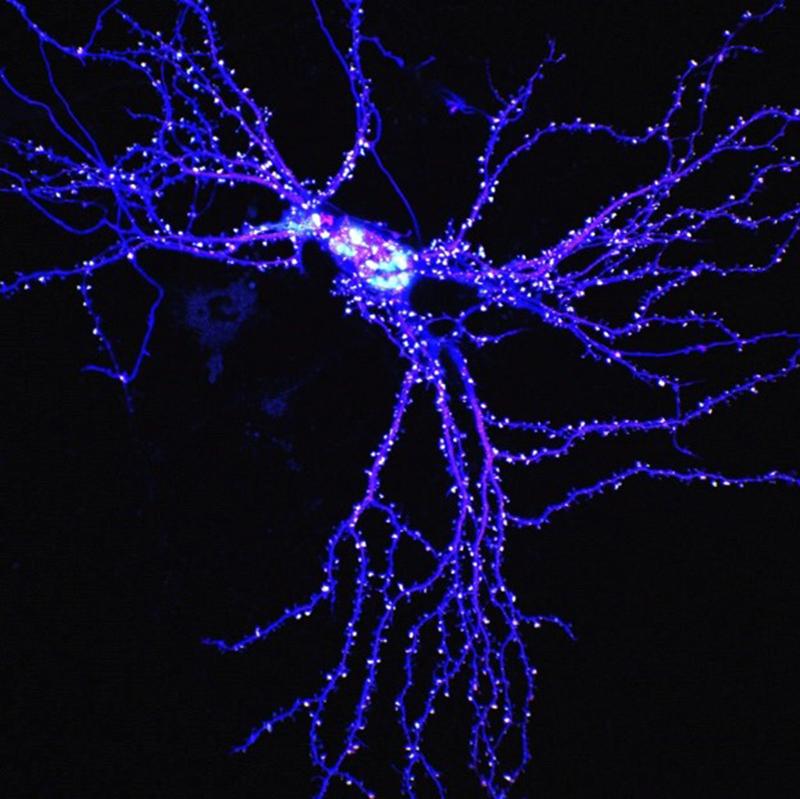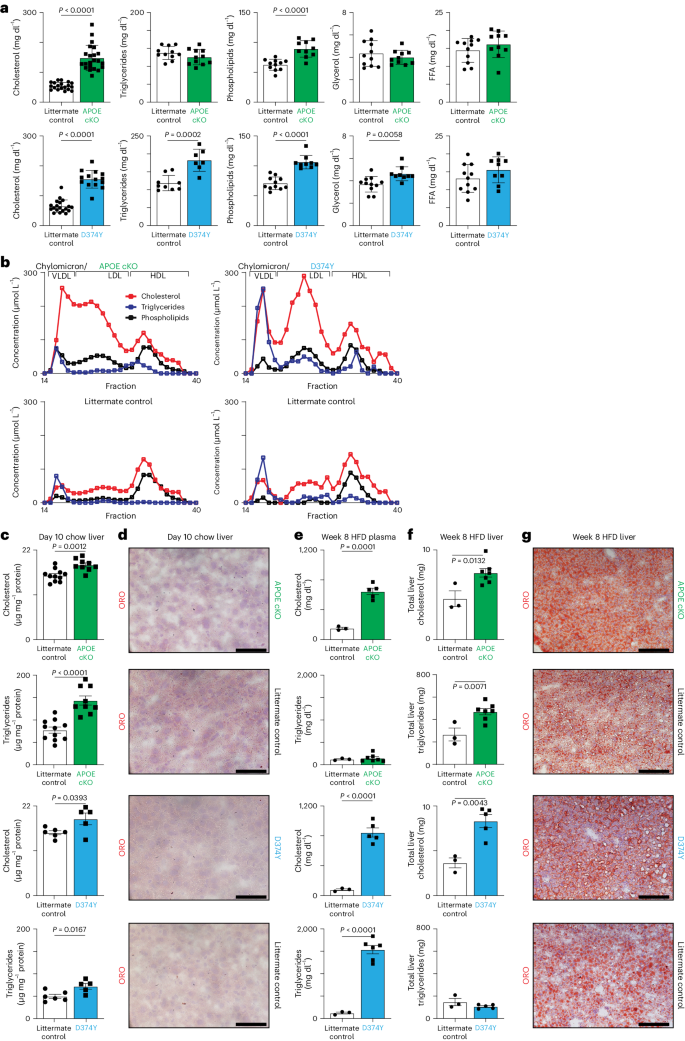2024-03-11 インペリアル・カレッジ・ロンドン(ICL)
<関連情報>
- https://www.imperial.ac.uk/news/251963/online-search-data-could-used-detect/
- https://bmcpublichealth.biomedcentral.com/articles/10.1186/s12889-024-17673-0
- https://publichealth.jmir.org/2023/1/e41762/
婦人科悪性腫瘍の早期発見のためのオンライン検索活動の利用 Using online search activity for earlier detection of gynaecological malignancy
Jennifer F. Barcroft,Elad Yom-Tov,Vasilieos Lampos,Laura Burney Ellis,David Guzman,Víctor Ponce-López,Tom Bourne,Ingemar J. Cox & Srdjan Saso
BMC Public Health Published:11 March 2024
DOI:https://doi.org/10.1186/s12889-024-17673-0

Abstract
Background
Ovarian cancer is the most lethal and endometrial cancer the most common gynaecological cancer in the UK, yet neither have a screening program in place to facilitate early disease detection. The aim is to evaluate whether online search data can be used to differentiate between individuals with malignant and benign gynaecological diagnoses.
Methods
This is a prospective cohort study evaluating online search data in symptomatic individuals (Google user) referred from primary care (GP) with a suspected cancer to a London Hospital (UK) between December 2020 and June 2022. Informed written consent was obtained and online search data was extracted via Google takeout and anonymised. A health filter was applied to extract health-related terms for 24 months prior to GP referral. A predictive model (outcome: malignancy) was developed using (1) search queries (terms model) and (2) categorised search queries (categories model). Area under the ROC curve (AUC) was used to evaluate model performance. 844 women were approached, 652 were eligible to participate and 392 were recruited. Of those recruited, 108 did not complete enrollment, 12 withdrew and 37 were excluded as they did not track Google searches or had an empty search history, leaving a cohort of 235.
Results
The cohort had a median age of 53 years old (range 20–81) and a malignancy rate of 26.0%. There was a difference in online search data between those with a benign and malignant diagnosis, noted as early as 360 days in advance of GP referral, when search queries were used directly, but only 60 days in advance, when queries were divided into health categories. A model using online search data from patients (n = 153) who performed health-related search and corrected for sample size, achieved its highest sample-corrected AUC of 0.82, 60 days prior to GP referral.
Conclusions
Online search data appears to be different between individuals with malignant and benign gynaecological conditions, with a signal observed in advance of GP referral date. Online search data needs to be evaluated in a larger dataset to determine its value as an early disease detection tool and whether its use leads to improved clinical outcomes.
Cancer Loyalty Card Study(CLOCS)における市販薬の購入と卵巣がん診断との関連: 観察的症例対照研究 Association Between Purchase of Over-the-Counter Medications and Ovarian Cancer Diagnosis in the Cancer Loyalty Card Study (CLOCS): Observational Case-Control Study
Hannah R Brewer ; Yasemin Hirst ; Marc Chadeau-Hyam ; Eric Johnson ; Sudha Sundar ; James M Flanagan
JMIR Public Health and Surveillance Published:26.1.2023
DOI:https://doi.org/10.2196/41762

Abstract
Background:Over-the-counter (OTC) medications are frequently used to self-care for nonspecific ovarian cancer symptoms prior to diagnosis. Monitoring such purchases may provide an opportunity for earlier diagnosis.
Objective:The aim of the Cancer Loyalty Card Study (CLOCS) was to investigate purchases of OTC pain and indigestion medications prior to ovarian cancer diagnosis in women with and without ovarian cancer in the United Kingdom using loyalty card data.
Methods:An observational case-control study was performed comparing purchases of OTC pain and indigestion medications prior to diagnosis in women with (n=153) and without (n=120) ovarian cancer using loyalty card data from two UK-based high street retailers. Monthly purchases of pain and indigestion medications for cases and controls were compared using the Fisher exact test, conditional logistic regression, and receiver operating characteristic (ROC) curve analysis.
Results:Pain and indigestion medication purchases were increased among cases 8 months before diagnosis, with maximum discrimination between cases and controls 8 months before diagnosis (Fisher exact odds ratio [OR] 2.9, 95% CI 2.1-4.1). An increase in indigestion medication purchases was detected up to 9 months before diagnosis (adjusted conditional logistic regression OR 1.38, 95% CI 1.04-1.83). The ROC analysis for indigestion medication purchases showed a maximum area under the curve (AUC) at 13 months before diagnosis (AUC=0.65, 95% CI 0.57-0.73), which further improved when stratified to late-stage ovarian cancer (AUC=0.68, 95% CI 0.59-0.78).
Conclusions:There is a difference in purchases of pain and indigestion medications among women with and without ovarian cancer up to 8 months before diagnosis. Facilitating earlier presentation among those who self-care for symptoms using this novel data source could improve ovarian cancer patients’ options for treatment and improve survival.
Trial Registration:ClinicalTrials.gov NCT03994653; https://clinicaltrials.gov/ct2/show/NCT03994653


